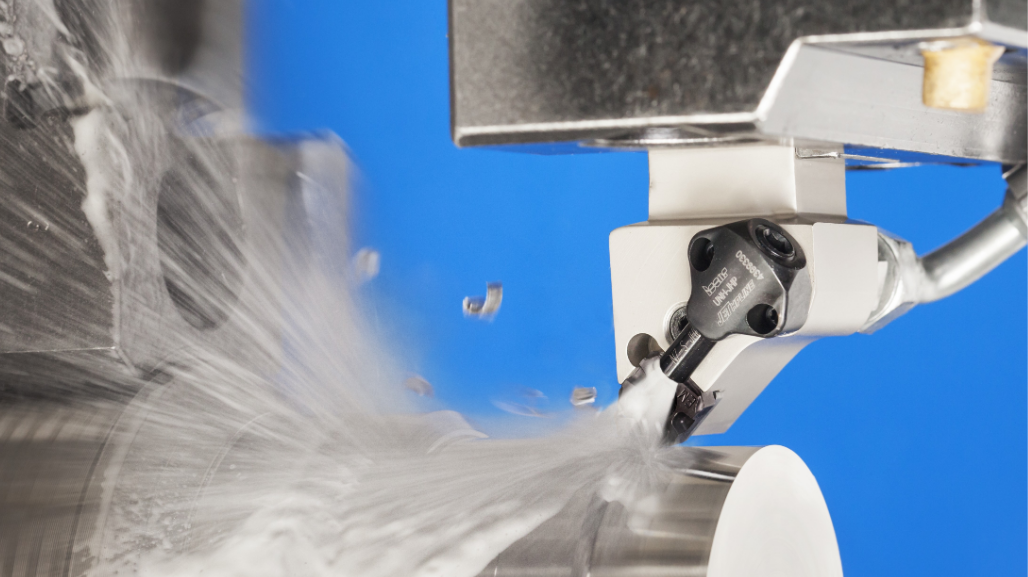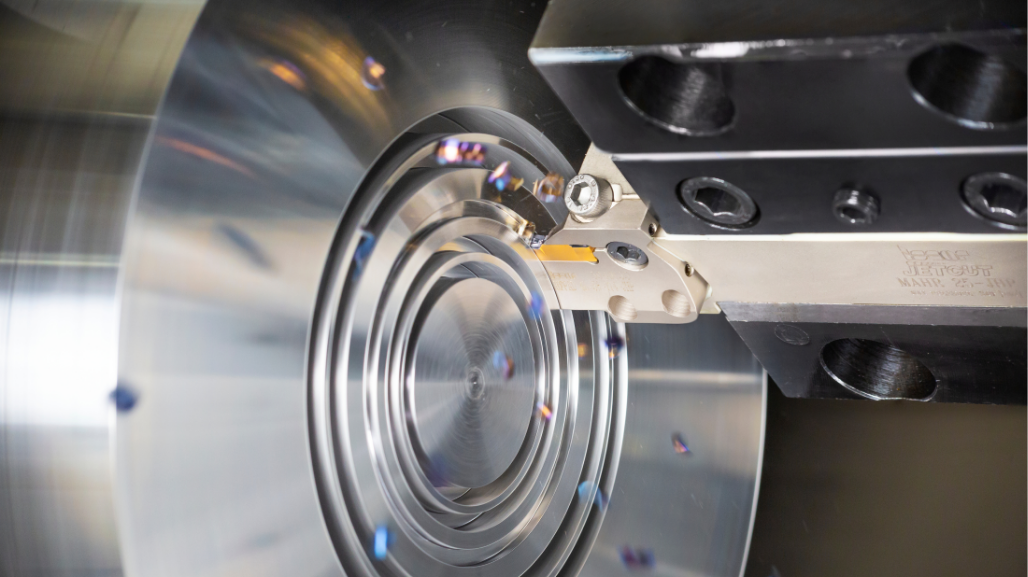Oftentimes when advancements in technology are discussed, images of modern innovations such as mobile devices, automobiles and space travel populate the mind’s eye. It is natural to marvel at the progression of the computer from its inception as a hulking machine to an accessory that fits inside of a pocket. However, these kinds of technological advancements can also be seen within less widely recognized industries, including abrasive processing. Similar to the evolution that has taken place in electronics and transportation, the history of abrasive grain has seen several significant milestones since its ancient beginnings. Providing end-users with abrasive products that grind faster and achieve extended life has long been the driver behind the various advancements in abrasives technology, including the development of 3M™ precision-shaped grain (PSG). The creation of PSG was not a singular idea from one scientist, but was borne from a combination of 3M’s core technology platforms and a team of curious scientists at 3M.
ANCIENT ABRASIVES
The first evidence of abrasive grinding can be traced back to the ancient cultures that sprawled modern day Egypt, Greece and India. Quartz, an abundant mineral at the time, was extracted by the Greeks along with loose sand and flint and used to grind wood and metal substrates. Ancient Hindu proverbs and biblical texts have alluded to the hardness of diamond, which Indians utilized as a polishing powder dating back to 800 B.C.E. Even sharkskin was harvested by early civilizations because of the abrasive properties of its scaly dermal texture. The uniform configuration of scales was said to have an abrasiveness similar to sandpaper. Sharkskin abrasives were often used because of the consistent finish they provided. Although classification and mining processing became more sophisticated from these ancient practices, the progress was slow for abrasive technology before the twentieth century when this period brought the first development of synthetic grain, mineral shape modification and the production of ceramic abrasives.
MODERN ADVANCEMENTS IN ABRASIVES
Centuries of breakthroughs in classification and mining processing mark the sophistication of abrasives from loose Egyptian sand up to the industrial revolution. Abrasive grain then underwent multiple advancements in the nineteenth and twentieth centuries as scientists and researchers continued to seek solutions for end-users that offered more efficient ways to grind and finish. The dawning of the Industrial Revolution also spurred the advancements in abrasive grain as more sophisticated manufacturing processes demanded higher abrasive performance.
Synthetic abrasives were developed around the turn of the twentieth century. The introduction of fused aluminum oxide and silicon carbide abrasives were notable improvements at a time when the mineral grain was still being culled from the earth. Edward Acheson invented synthetic silicon carbide in 1891, and its elevated properties, such as hardness, made it well-suited for a variety of applications including glass, titanium, wood and ceramics. Following the development of silicon carbide, synthetically manufactured fused alumina was invented. Until the mid-twentieth century, silicon carbide and fused alumina characterized the highest performance in abrasive grinding. Synthetic diamond and Cubic boron nitride (CBN) abrasives were developed in the 1950s.
These abrasives had superior hardness and again greatly elevated grinding performance, however they were not as widely implemented into manufacturing because of the materials’ extremely high cost. The next step in material advancement came in 1971 when the Norton Company significantly improved upon the existing synthetics with its creation of alumina-zirconia. This novel-fused grain revolutionized grinding performance when used in abrasive constructions.
In the same way that Norton’s alumina-zirconia was a significant improvement over what had come before, 3M’s development of ceramic abrasives in the early 80s was yet another revolution for abrasive performance. Sol gel ceramic grain, referring to the process of how the mineral grain is produced, was first commercialized and introduced to the market in 1981. Sol gel or “ceramic” grains are manufactured by a chemical ceramic process versus a fusion process, and are comprised of the chemical elements aluminum and oxygen. The performance distinction between ceramic and conventional fused grain can be traced to its unique crystalline structure which makes ceramics more durable and less prone to cracks during grinding compared with conventional fused grain. The original synthetic ceramic abrasive found wide acceptance in metalworking industries, especially for grinding mild steels.
It had been widely understood in both abrasive and machining processes that the shape and sharpness of abrasive minerals affect the end result in grinding. Sporadic mineral shapes are inevitable under crushed grain conditions, and crushed grain leaves room for inconsistent grinding and plowing of the workpiece. When 3M introduced the first ceramic grain, researchers recognized that its unique processing allowed for manipulation of the mineral, unlike the synthetic abrasives that had preceded it. However, even with a more advanced material like ceramic, there were challenges in achieving uniform shape under methods like extrusion, which was employed in efforts to control the shape of the mineral and improve grinding performance.
In the 1990s, 3M scientists were the first to identify the practice of molding as the next step toward creating an optimally controlled and precise shape. Their testing determined that a triangular shape mineral construct was ideal for increasing grinding speed and life of abrasives. 3M scientists recognized the benefits of molding, including that it yielded improved shape consistency, and made it possible to produce these shapes in bulk quantities. The triangular mineral shapes produced by a molding process were a crucial precedent to the conception of PSG which took place more than a decade later. These first trials in shape manipulation did not produce mineral as sharp as today’s PSG, but the experimentation with molding and triangular-shaped minerals was pivotal in the path to PSG. This molding technology later served 3M abrasive experts in their work developing a precision-shaped grain that combined sharpness production with quantity processing.
The next steps toward achieving an optimally sharp grain occurred in the early 2000s when Norton’s explosive communition process led to a sharper crushed grain. Soon after, 3M researchers recognized that by utilizing the core technologies housed within company, the marriage of sharpness and shape was possible and controllable in one mineral. It was the 3M technology of microreplication that allowed the production of a mineral with both preferred triangular mineral construct that retained sharpness. Microreplication is the process of exact reproduction of a desired microstructure on a base material. The technology was originally used by 3M for optical applications, being integrated first into overhead projectors. Word of this technology spread through the web of 3M networks, and was eventually adopted by the Abrasive Systems Division as a way to produce a regularized abrasive surface like that of sharkskin that creates a more consistent finish. This first use of microreplication led to the success of 3M™ Trizact™ abrasives. Years later the technology of microreplication became the critical tool in reproducing and coating the triangular precision-shaped grain.
Download a PDF to read this white paper in its entirety and learn more about the development of precision-shaped grain.
Previously Featured on 3M's site.







